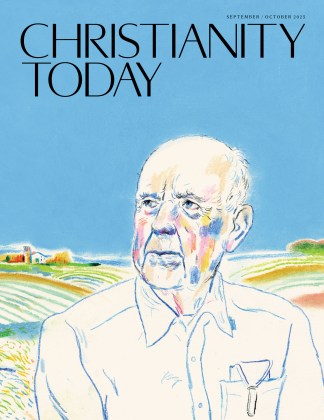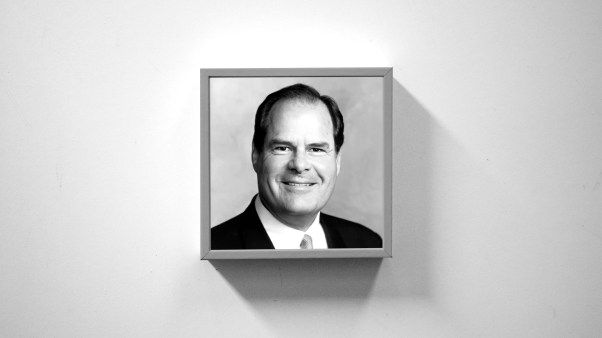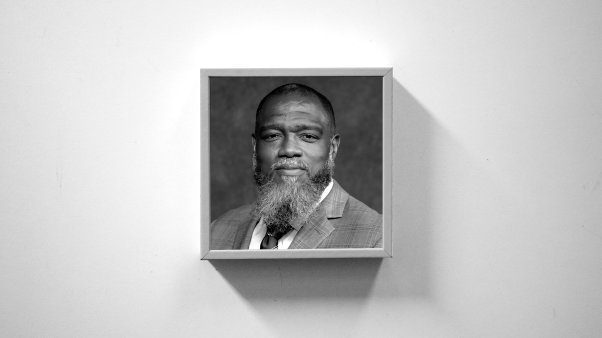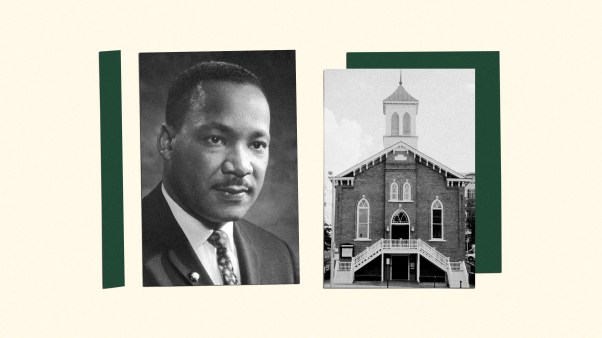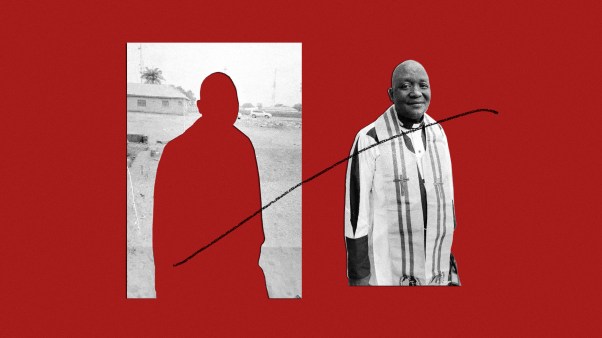In the early church, many voices addressed the subjects of marriage, divorce, and remarriage, but their message, on the whole, was quite unified. Christian marriage, they said, is an indissoluble bond. Divorce, with the implicit right of remarriage, was not an option for Christian couples (though Origen admits some toleration existed), but permanent separation was. Remarriage after separation was considered punishable adultery or bigamy—sometimes more so for women than men. Even remarriage after the death of one’s spouse was viewed by the church fathers and councils with suspicion, as “disguised adultery,” in the words of Athenagoras.
In the case of religiously “mixed” marriages, church councils sometimes took a more lenient view, invoking the so-called Pauline privilege of permissible separation (1 Cor. 7) as legitimate grounds for allowing a convert to divorce a pagan spouse and then marry a Christian.
Marriage as a sacrament
Augustine was the first theologian to call Christian marriage a sacrament, or means of grace. He based his argument in part on the use of the Latin word sacramentum for the Greek word mysterion in Ephesians 5. He opposed those who wanted to allow marriage of the innocent party in cases of adultery and made the indissolubility of Christian marriage, even after adultery, the standard of the Western church.
The Eastern churches, under the influence of imperial legislation, were more lenient. They generally permitted divorce and remarriage for adultery and other serious offenses. For a while during the early Middle Ages, a few church councils in the West began allowing remarriage after adultery or lengthy separations.
Augustine’s position, however, eventually carried the day in the West, and a medieval consensus on marital sacramentality and indissolubility developed, receiving Thomas Aquinas’s stamp of approval in the thirteenth century. During the same period, a very limited alternative to divorce developed. This was the procedure of “annulment,” the official pronouncement that a marriage bond never existed, despite outward appearances to the contrary.
The Reformers
The Protestant Reformers, claiming to return to biblical teaching, rejected both the sacramental nature and the absolute indissolubility of Christian marriage. According to the Bible, they said, marriage is certainly holy and is in principle indissoluble, but there are certain acts that break the marriage bond and hence permit divorce and remarriage. The Reformers could not agree, however, on the legitimate grounds—scriptural or otherwise—for divorce.
A strong advocate of faithfulness as a chief Christian virtue, Luther was not always sure that the Catholics were wrong about indissolubility, and he once said half seriously that bigamy might be preferable to divorce. He came to see divorce, however, as a permissible last resort in cases of infidelity, impotency, refusal of marital relations, and desertion. He strongly supported remarriage for the offended party. Melanchthon, Luther’s colleague, limited the grounds to two, infidelity and desertion, on the basis of the “Matthean exception” and “Pauline privilege.
“Similarly, Reformers John Calvin and Theodore Beza allowed divorce only for adultery and, more hesitantly, for desertion on grounds of irreconcilable religious differences. In 1561, the Calvinist city of Geneva enacted a law permitting divorce, as a last resort, for these two reasons.
The Radical Reformers, such as the Anabaptists and Hutterites, recognized adultery as legitimate grounds for divorce on the basis of Matthew 5, but they were divided on the Pauline privilege. Unlike the Lutherans and Calvinists, the Radical Reformers generally forbade remarriage following divorce.
More liberal attitudes to divorce came from Zwingli in Zurich and Martin Bucer in Strasbourg. Zwingli believed that the cause of adultery in Matthew 5 was intended only as one example (and not the most serious one), to which could be added other legitimate causes, such as abandonment, endangerment of life, and insanity. Bucer went further still, becoming the first Christian leader to permit divorce by mutual consent.
Largely in reaction to Protestant leniency, in 1563 the Roman Catholic Church, at the Council of Trent, made the indissolubility of consummated Christian marriage a matter of canon law. Divorce and remarriage were thus officially banned even in cases of adultery, though long-term separations were permitted.
Repercussions of the Reformation
Perhaps the most significant aspect of the Reformation attitude was the inadvertent secularization of marriage and divorce that resulted within Protestant churches. Luther, for example, believed that marriage—though holy—was primarily a civil event. As both “Lutheran” and “Calvinist” countries established marriage and divorce laws based on their religious preferences, the Protestant churches as churches no longer regulated divorce and remarriage. As these countries, and the West in general, grew more and more secular over the succeeding centuries, marriage was understood primarily to be a civil contract, and divorce and remarriage laws became increasingly liberal.
This process culminated in the second half of this century, leaving most Protestant churches where they are today: with almost no binding internal policies on divorce and remarriage for church members, and often not even for leaders. Civil law functionally regulates Protestant Christian marriage, divorce, and remarriage.
It is perhaps ironic that the Reformers’ attempt to return to biblical teachings on marriage and divorce has led to this quite secular situation—the continued existence of church ceremonies notwithstanding. It would not be surprising if a renewed Christian community found it necessary to be more selective than the civil courts, both in whom it marries and in what it recognizes as legitimate grounds for divorce.
This article originally appeared in the December 14, 1992 issue of Christianity Today.
Michael Gorman is dean of the Ecumenical Institute of Theology and professor of New Testament and Early Christianity at St. Mary’s Seminary in Baltimore. He is the author of Abortion and the Early Church (reprinted by Wipf and Stock, 1998) and The Elements of Exegesis (Hendrickson, forthcoming) and is completing a study of Paul’s spirituality.
Copyright © 2000 Christianity Today. Click for reprint information.
Related Elsewhere
Other stories from the 1992 CT Institute on divorce and remarriage include:
CT Institute: Divorce and Remarriage | An introduction to our 1992 series on what divorce means for families, churches, and our country.
A Marriage Counterculture | In addressing divorce, the church must adopt the strategies of the missionary. By David Seamands
Sex, Marriage, and Divorce | Results from a 1992 Christianity Today reader’s survey. By Haddon Robinson
Can One Become Two? | What Scripture says about Christians and divorce. By H. Wayne House
Remarriage: Two Views | Two New Testament professors debate whether remarriage is acceptable for Christians. By Craig Keener and William A. Heth
How Not to Fail Hurting Couples | We need a kind of shock therapy to become alert to missed opportunities. By Thomas Needham
Becoming a Healing Community | How the church can develop a climate of help to the hurting.
